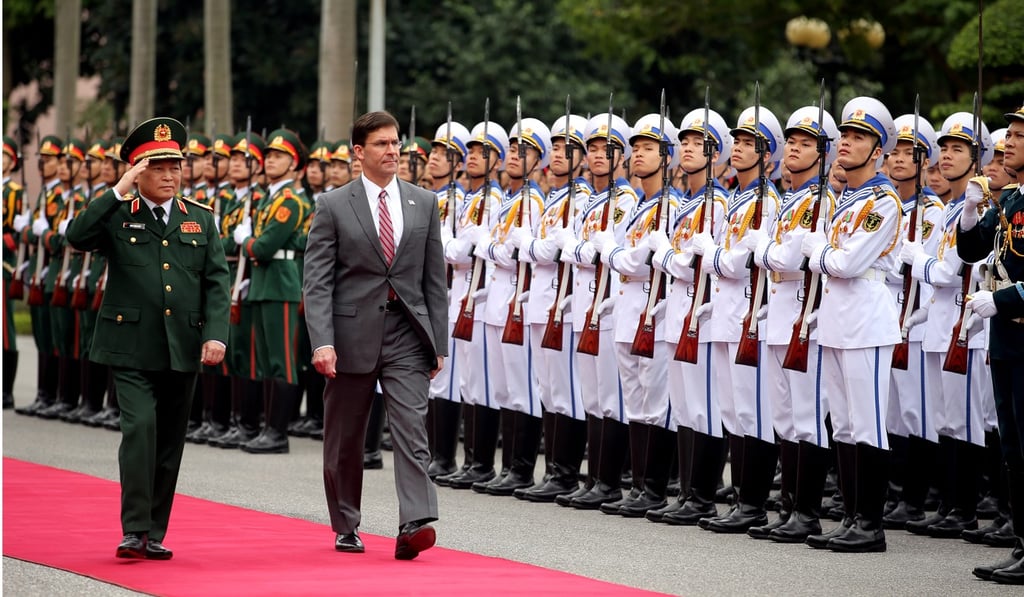Advertisement
South China Sea: message for Beijing in Vietnam, Malaysia defence white papers
- Defence blueprints by Malaysia and Vietnam went under the radar at first
- But criticisms of Beijing’s actions in the South China Sea are slowly surfacing
Reading Time:4 minutes
Why you can trust SCMP

The defence white papers published by Southeast Asian neighbours Vietnam and Malaysia in recent weeks attracted a fraction of the media limelight those of larger countries tend to attract.
That indifference is in part because the two documents – both now in the public domain – held back on detailed procurement plans and spending forecasts and instead offered cautious, heavily nuanced strategic outlooks.
For Malaysia, the publication of the paper in itself was a major achievement: the country has never publicly released such a document, and did so as part of an initiative by the administration of Prime Minister Mahathir Mohamad to make defence policy more transparent to citizens. Vietnam’s white paper was its first since 2009.
The two documents were released within weeks of each other, but the move was not coordinated by the neighbouring countries.
Advertisement
The main area where both documents have proven insightful is in their assessment of the South China Sea dispute – in which Vietnam and Malaysia are co-claimants contending with China’s increasingly brazen activities in the resource-rich area.
Beijing claims sovereignty over 90 per cent of the waters, and its so-called nine-dash line demarcating its claims overlaps with the exclusive economic zones of Malaysia, Vietnam, the Philippines, Brunei and Taiwan.
Advertisement

Advertisement
Select Voice
Choose your listening speed
Get through articles 2x faster
1.25x
250 WPM
Slow
Average
Fast
1.25x